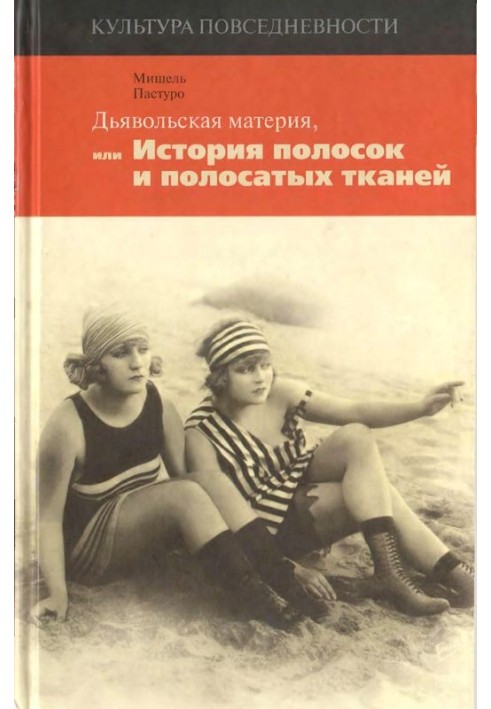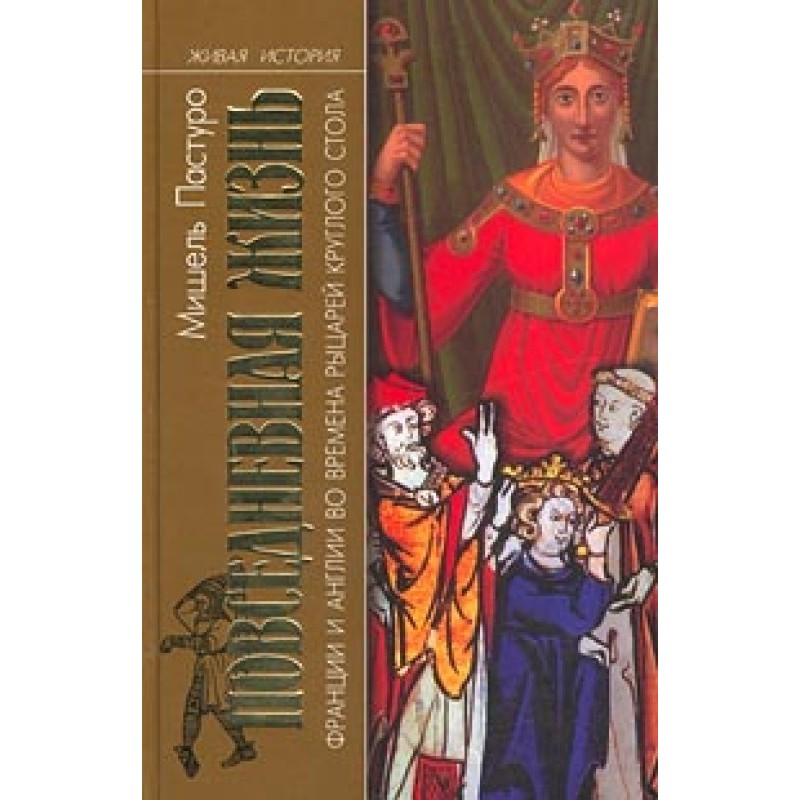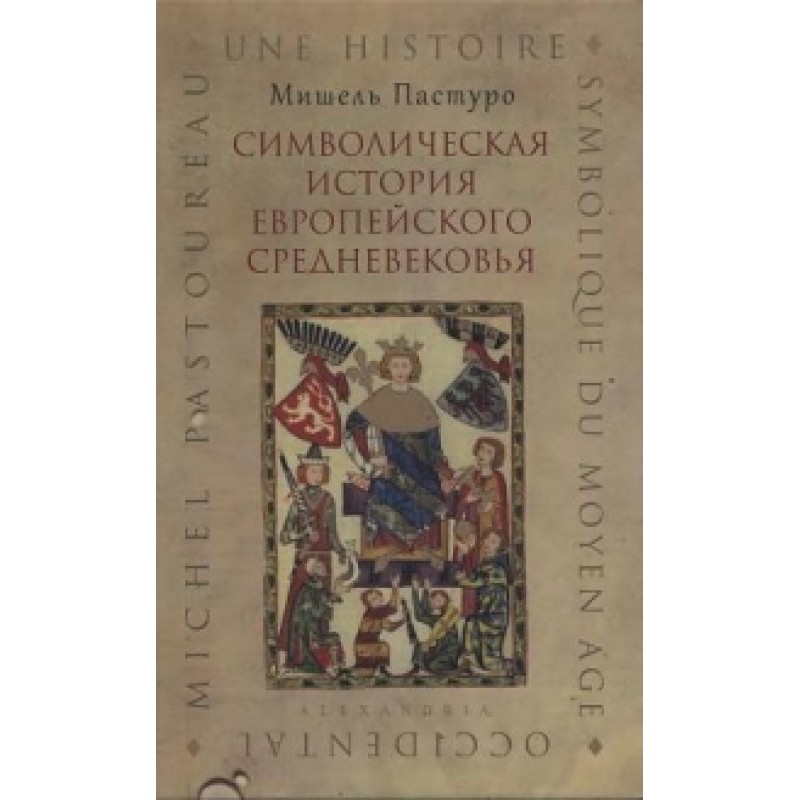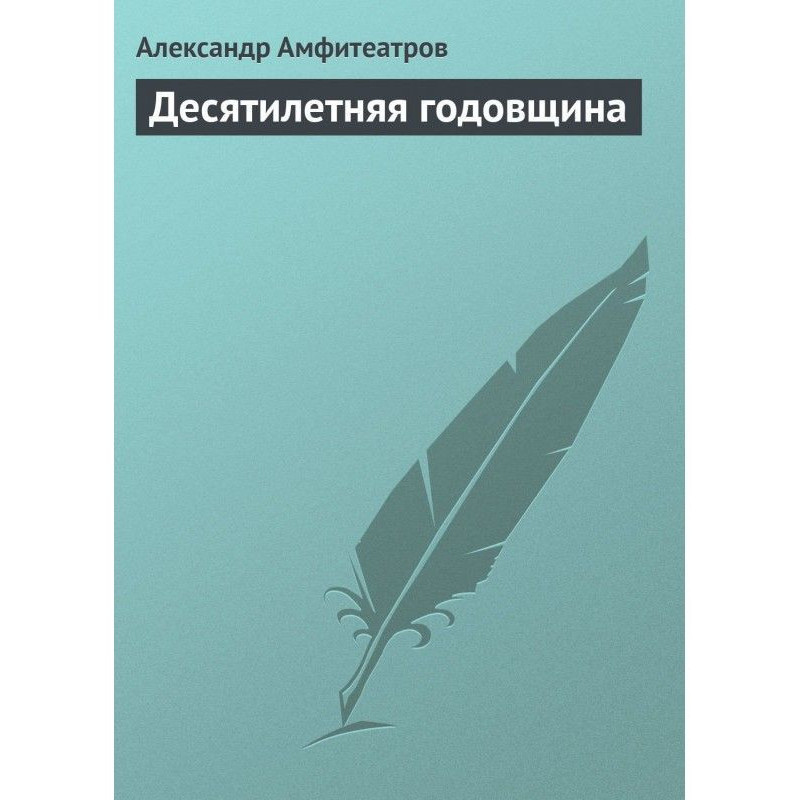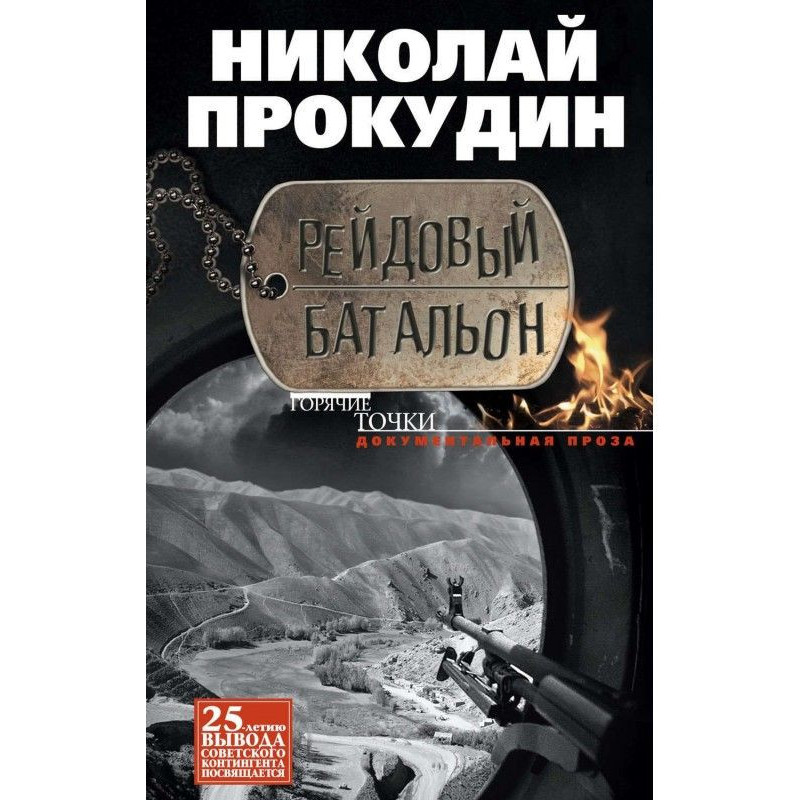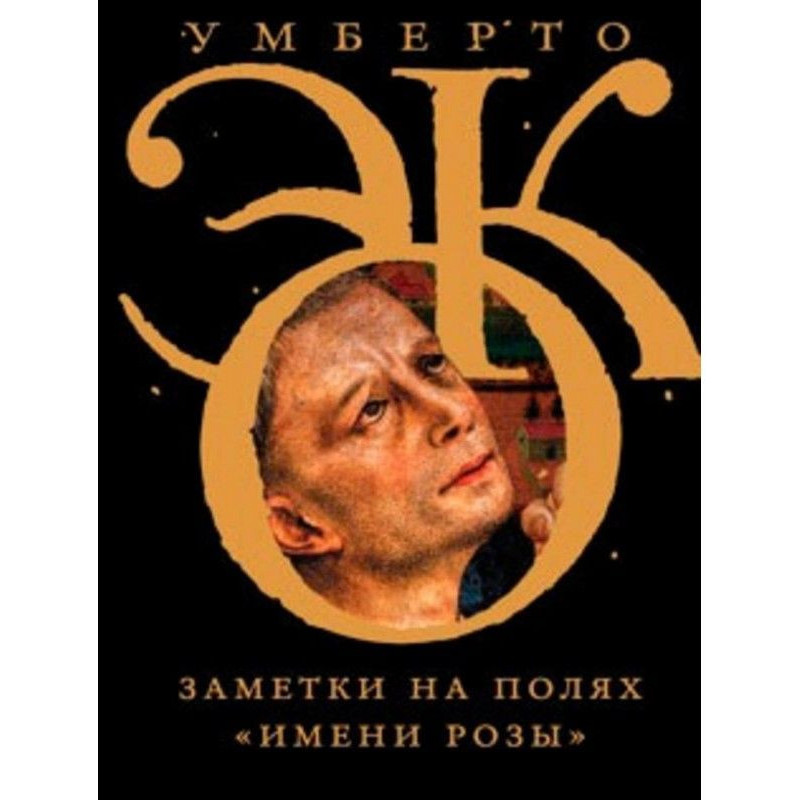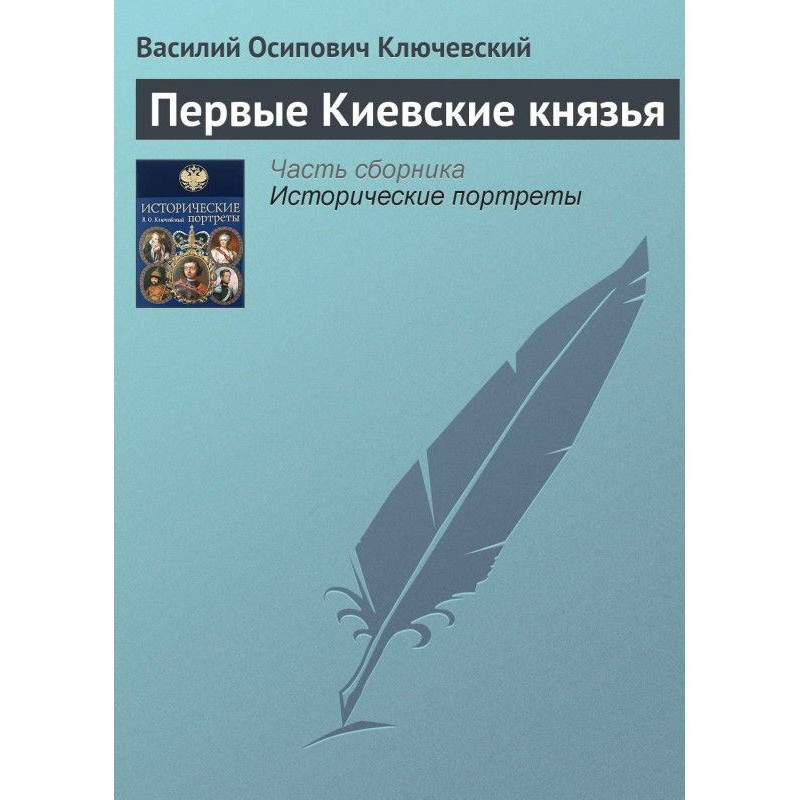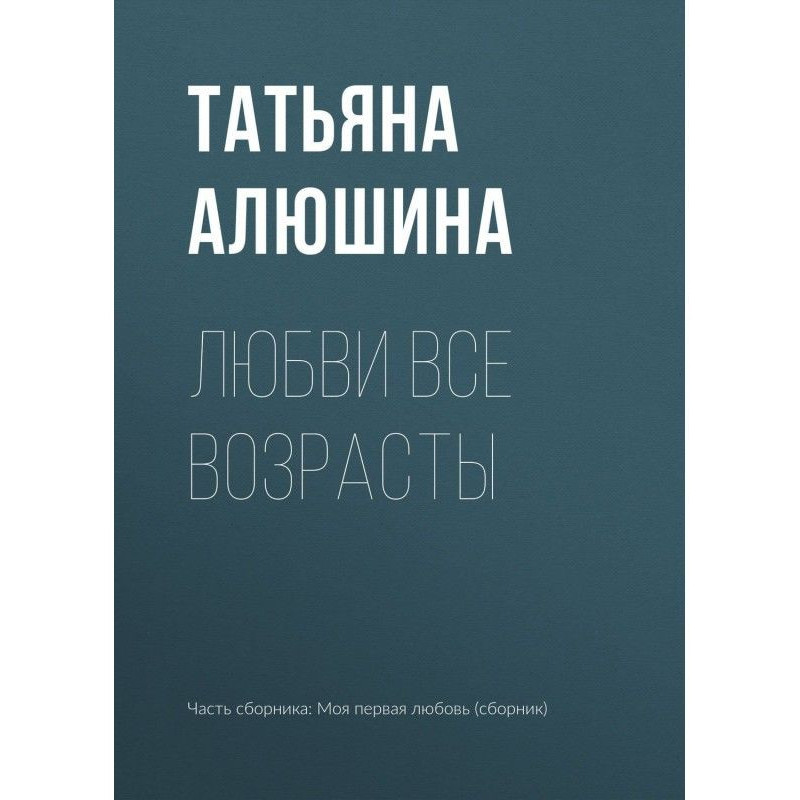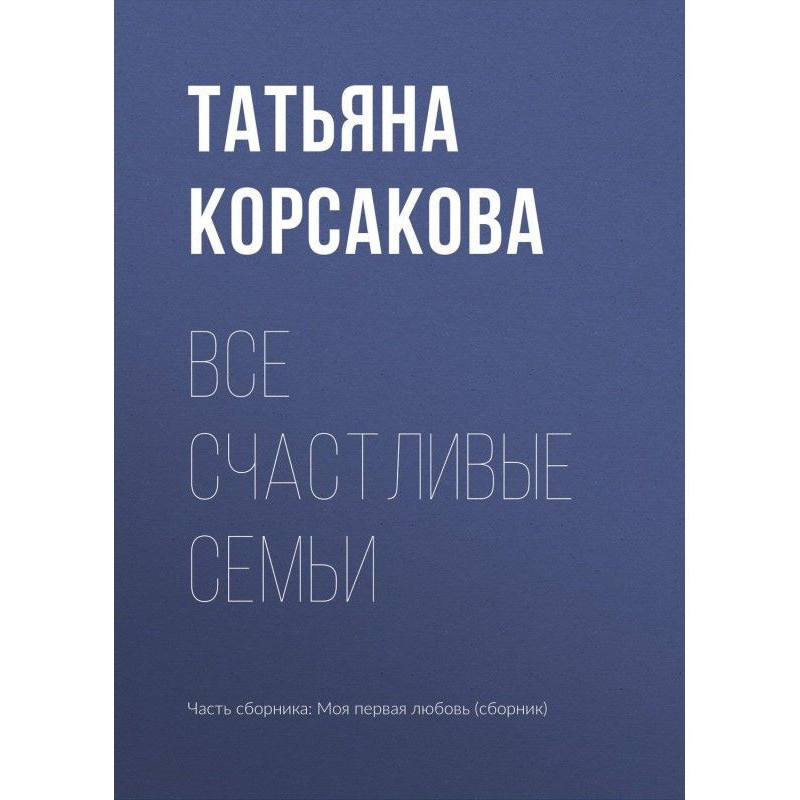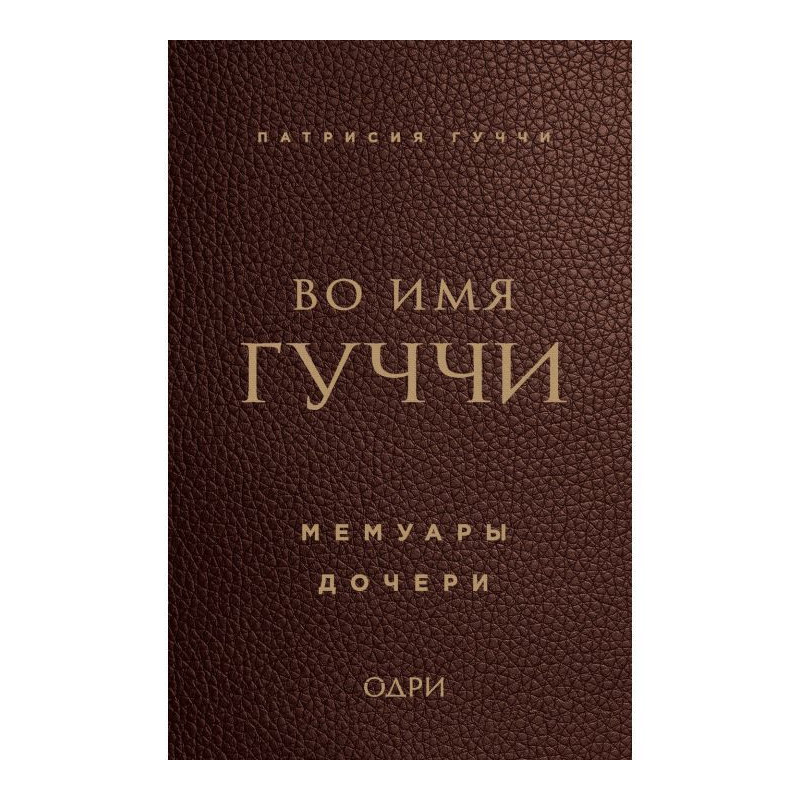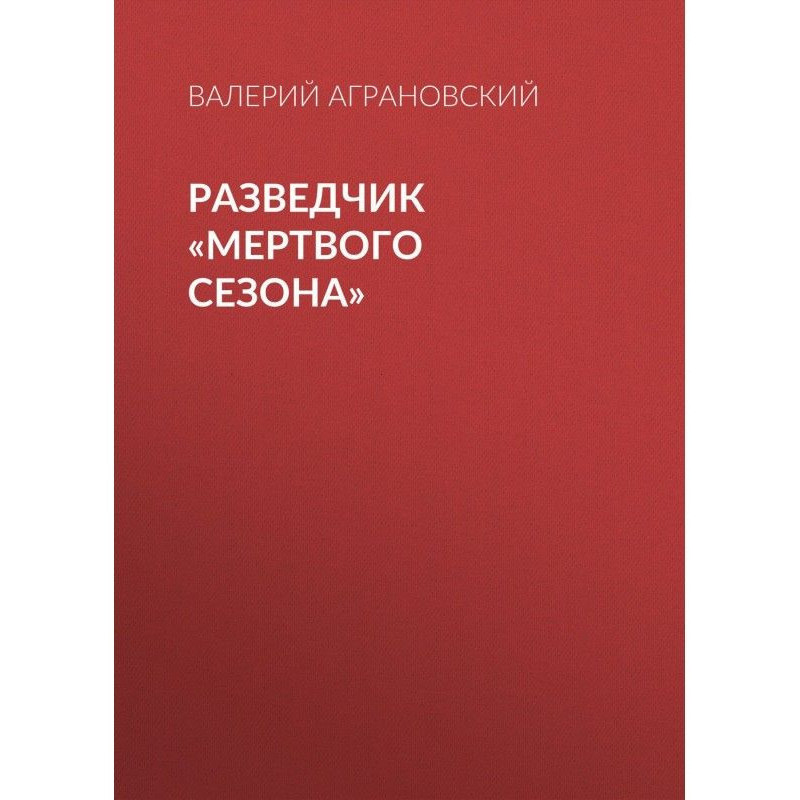Devilish matter, or the history of stripes and striped fabrics
 Instant download
Instant download
after payment (24/7)
 Wide range of formats
Wide range of formats
(for all gadgets)
 Full book
Full book
(including for Apple and Android)
The title of this book already sounds intriguing: could stripes really have their own story? Michel Pastoureau not only answers this question in the affirmative, but also proves that this story is full of the most incredible events. The scientist traces the history of stripes and striped fabrics until the end of the 20th century and shows how each era gave rise to new practices and cultural codes, how the systems of meaning associated with stripes constantly became more complex, both materially and symbolically. Thus, during the Middle Ages, striped clothing was perceived as something base, outrageous, and even simply diabolical. And during the Renaissance and romanticism, “correct” stripes became widespread - signs of holidays and symbols of freedom. Modern culture has adopted all the practices and codes of previous eras. There is a place for everything: stripes that retain “devilish” connotations (striped clothing worn by prisoners of death camps) or signaling danger (zebra crossings and other elements of road traffic); stripes associated with hygiene (bedding sets and underwear), play (toys and other products for children) and sports (professional equipment), and, finally, stripes as an emblematic unit - an attribute of uniforms, badges and flags. The author emphasizes that he considers the semiology of stripes primarily in a social context and serves only as an approximation to an encyclopedia of stripes that has not yet been written.
Data sheet
- Name of the Author
- Мишель Пастуро
- Language
- Ukrainian
- Release date
- 2008
- Translator
- Ольга Зубакина

